Why My Grass Is Greener
by Alec McClennan, on July 30, 2013
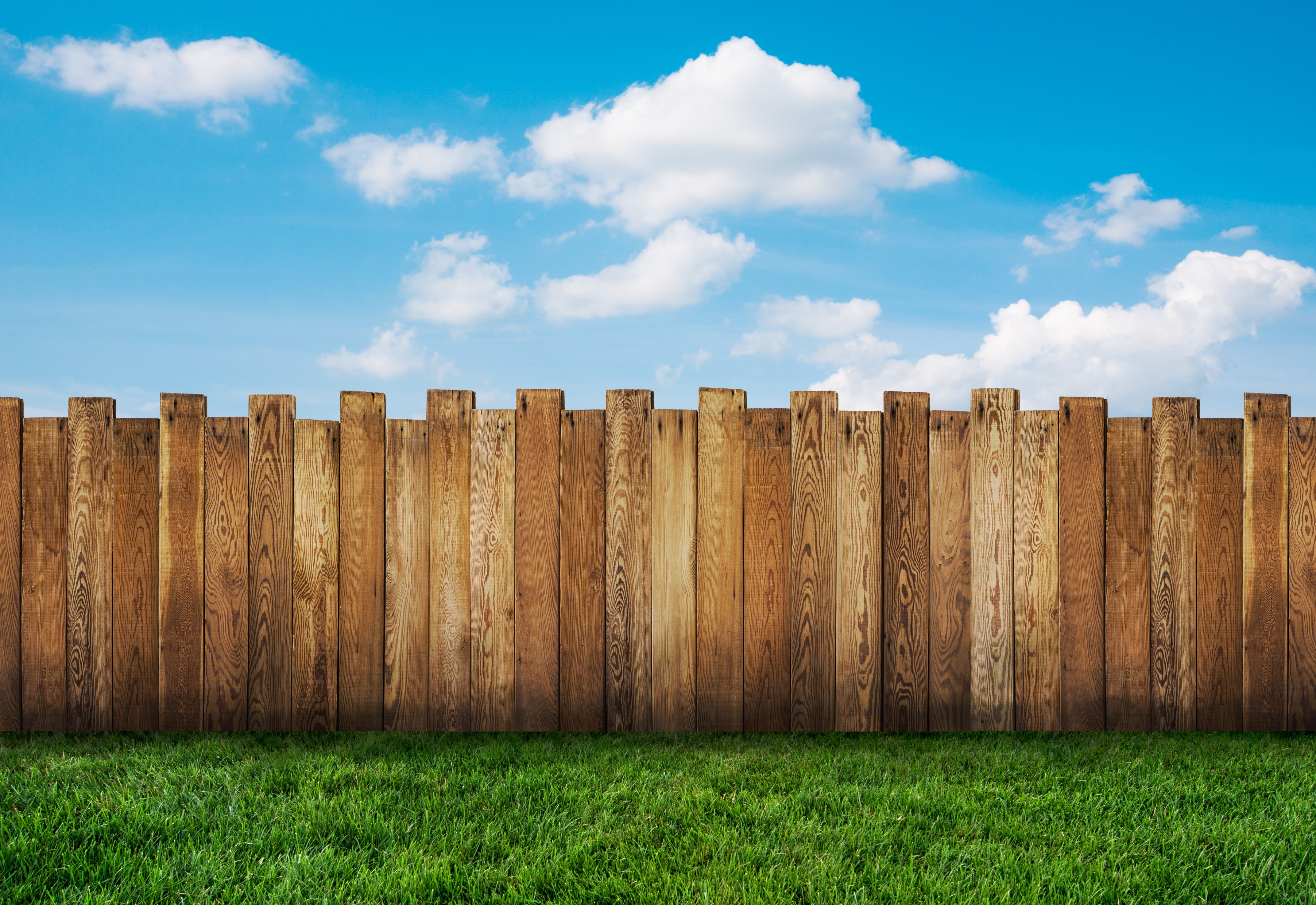
It's the middle of July, I've watered my lawn once this season and haven't used any chemical fertilizers or pesticides and have the nicest lawn on the block. What's the secret you ask? There isn't one secret. It's a combination of doing a lot of little things correctly. I'm not saying these things to impress you, but to impress upon you, how easy it can be to have a nice looking lawn without using chemicals. I'm not sure that having a nice lawn is that impressive anyway, but it shouldn't be difficult to achieve if that's what you'd like to do. To begin, I want to share a few photos to illustrate my point.
Below is one of my neighbors lawns, which is mowed way too short, allowing Crabgrass and other weeds to thrive.
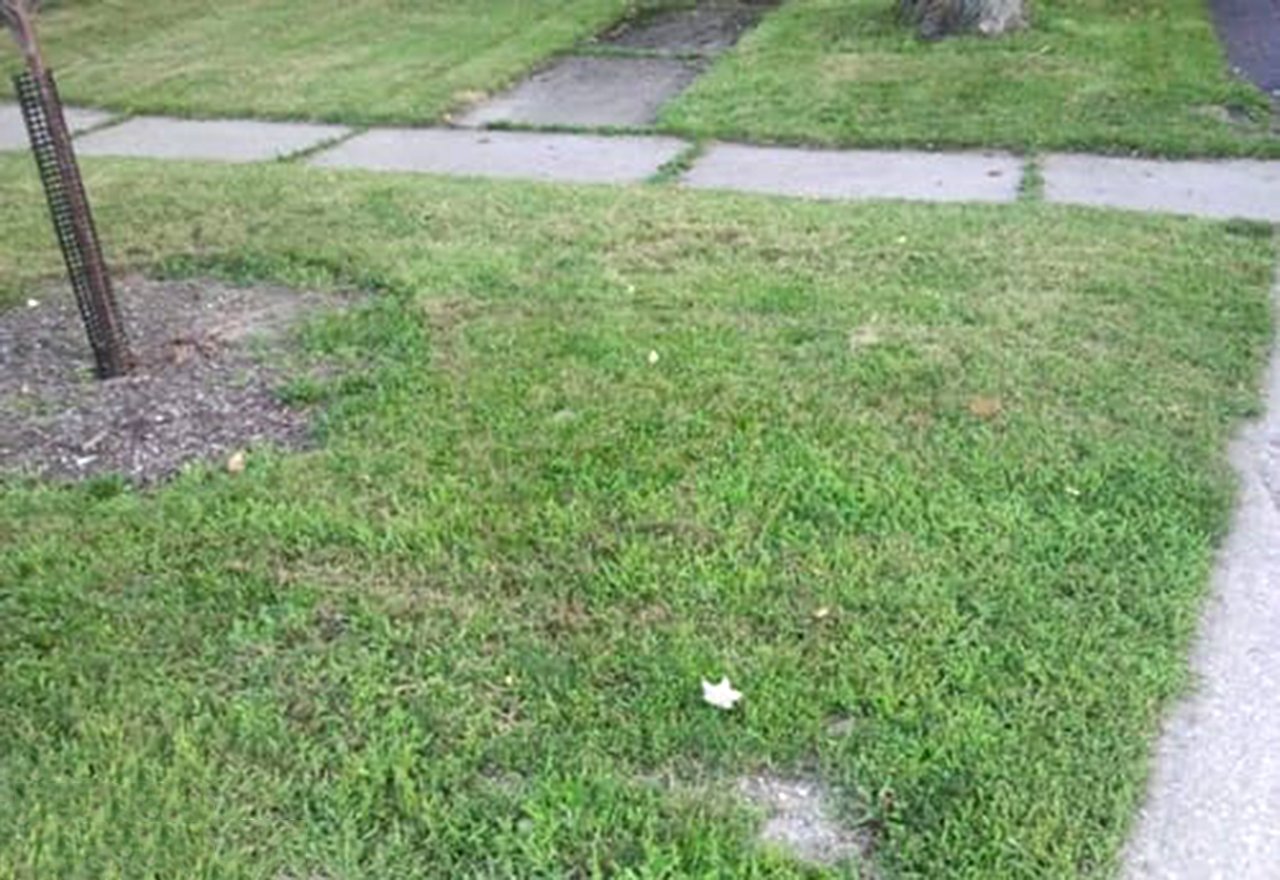
Here's the divider between my neighbors lawn and my lawn - the left side is the neighbors lawn.
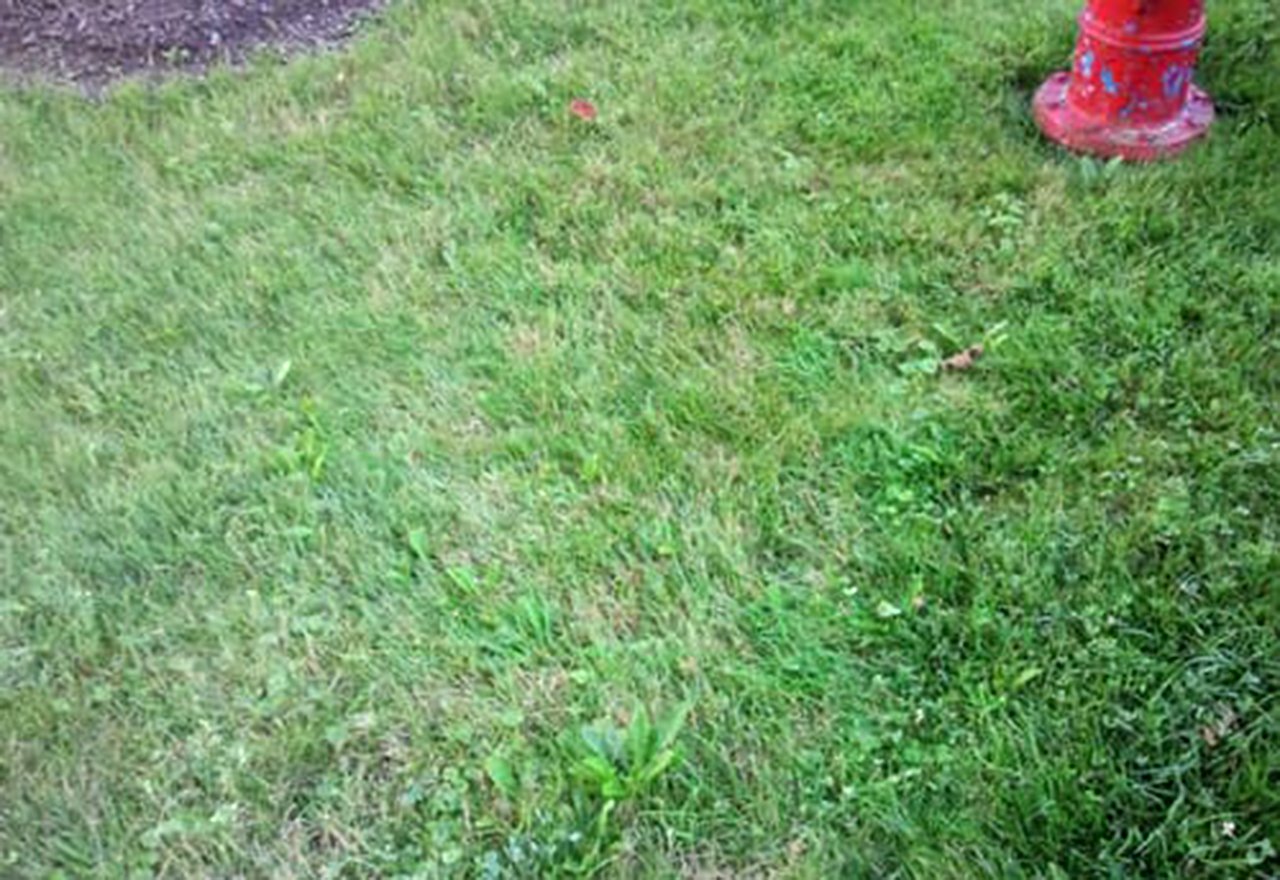
You can see in the picture below how my lawn looks nice and healthy and green compared to the neighbors.
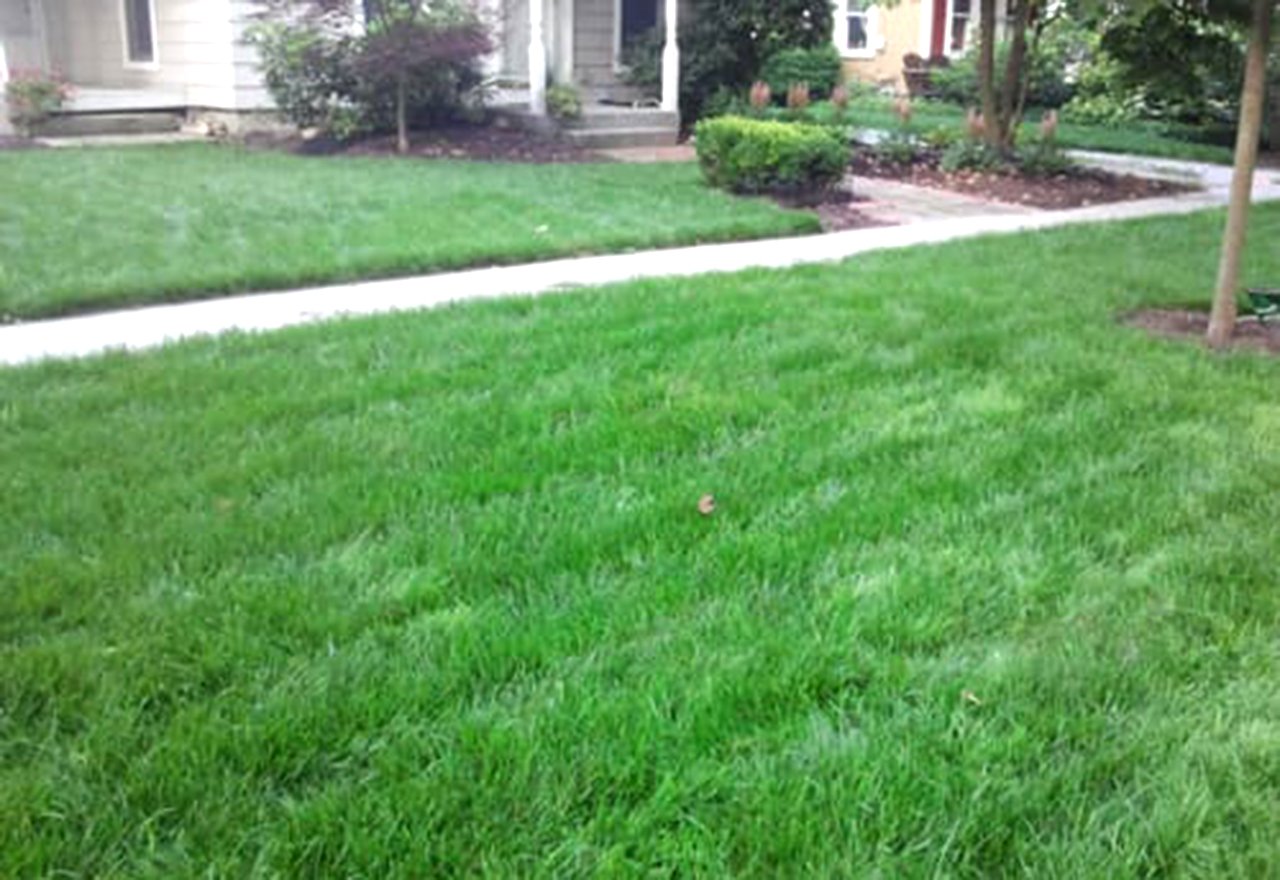
How do you have a nice looking organic lawn like this without constant chemical applications? An organic lawn that you'll be proud of both because it doesn't use chemicals and also because it looks nice and adds value to your home? Read on to learn the simple things I do to keep a nice looking lawn.
Start with a Nice Lawn
This sounds like a bit of a cop out, but it's really true. Some lawns, especially older lawns, are made up of grasses that can't compete well with weeds. I made a lot of changes to my landscape a few years ago and replanted the lawn with Good Nature Tuff Turf, a grass seed mix that contains a high amount of Turf Type Tall Fescue, which is more drought-tolerant and insect-resistant than most grasses in the Midwest. Turf Type Tall Fescue looks greener with less water than most other grass types. If your lawn isn't in good shape, renovating it and starting from scratch in August or September is the way to go. To learn about different grass types and their importance in having the beautiful lawn you desire, read Good Grasses. Late Summer is the best time to replace your lawn's current grasses with better performing heat-resistant grasses that fight weeds and insects better than your current grasses. If you're interesting in replacing your lawn, check out our Lawn Renovation Service.
Mowing High & Often
I mow the lawn at least once a week on one of the mowers highest settings. The front lawn has been established for a little longer than the back lawn and grows faster, so I mow the front lawn a little taller than the back to keep from ever removing too much of the grass blade in any one cutting. If the lawn gets really high, I mow on the highest setting (about 6 inches high) one day and come back a couple days later and mow it down to 4.5 inches. The key is to never remove too much of the blade at one time. When you cut off so much grass that you have clippings that need to be raked, you just put your lawn into a state of shock and invited weeds proliferate. You should never need to rake or bag your clippings. Mowing high also helps shade the soil to prevent annual weeds (like Crabgrass) from germinating. In fact, University studies have shown that mowing high prevents as much Crabgrass as any pre-emergent lawn chemical does. That's why I will always mow high. Click Here for More Information & Videos on Mowing.
Seasonal Seeding
I seed a little bit every Spring and Fall. In the Spring, I mostly seed Bare Areas and lightly rake the lawn to help it recover from Snow Mold. In the late Summer (August), I love to Slice Seed my lawn. This injects new seed into the soil and keeps my lawn young and healthy. The more seed I put down, the thicker the lawn is and the more difficult it is for weeds to get started.
Organic Lawn Fertilization & Treatments
As a Good Nature client, I sign up for their Organic Foundation Lawn Care Program every year, which includes 7 applications to keep my grass green and healthy and provide the nutrients it needs to fight off damaging insects and weeds. If my lawn needs a little extra boost, I do their Natural Weed Buster, which includes one application in the Spring and 2 in the Fall. This really helps keep the weeds to a minimum. In addition, I like doing a Spring and Fall Liquid Aeration to gradually improve the soil. In the backyard, where the soil was really compacted, from construction to build my garage, I do a little extra Liquid Aeration by purchasing Good Nature's Liquid Aerator and occasionally applying it myself prior to or during a rain storm.
Natural Weed Spot Control
To combat any individual weeds that may persist, I use Captain Jack's Lawnweed Brew in a small sprayer roughly once per month. It does a pretty good job of keeping the ground ivy from creeping over from my neighbors (chemically treated) lawn.
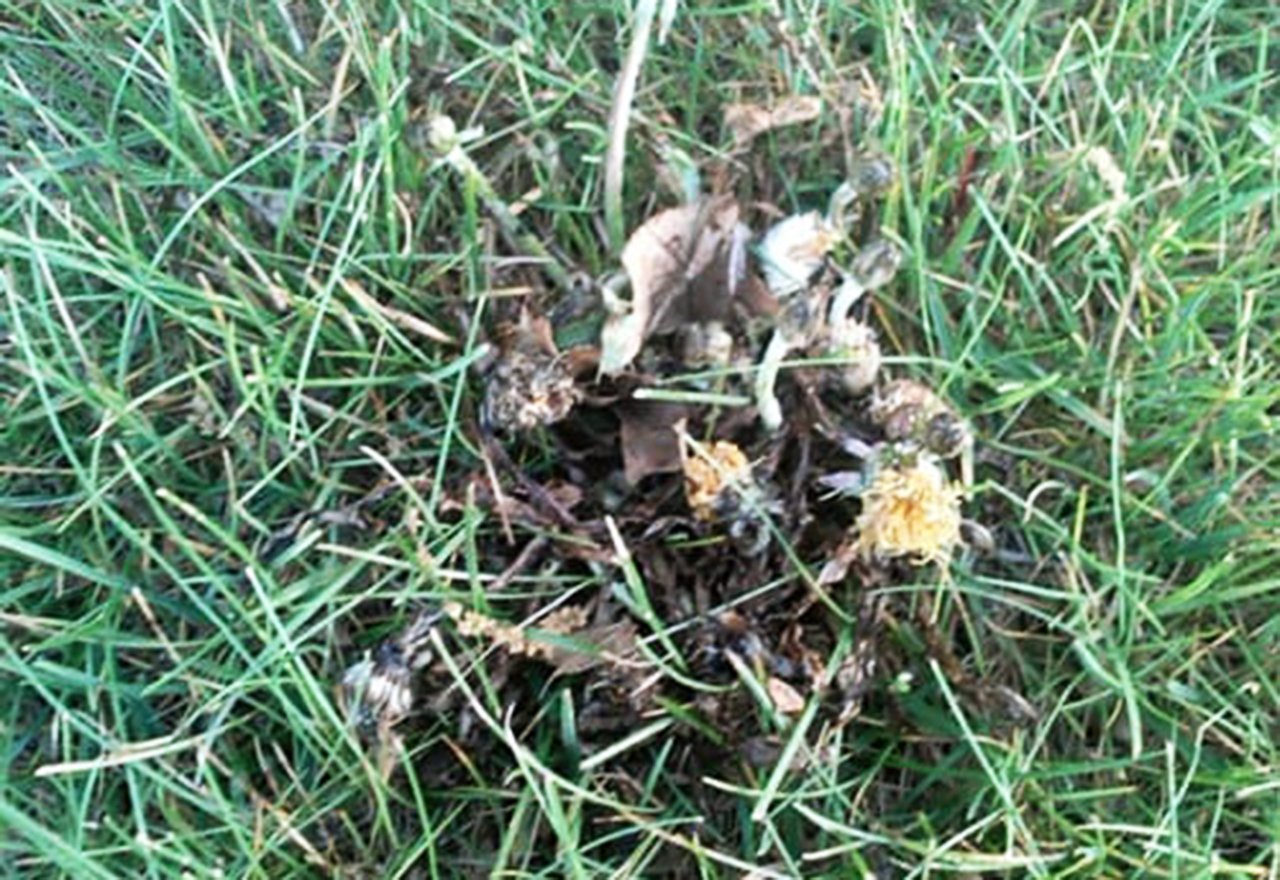
Watering
I try not to over water my lawn. However, if the weather really heats up, I do water my more-established grass in the front yard. I'll put the sprinkler out in the morning and let it run for about 5 hours, so that it really gets soaked. I stop watering by the afternoon, so that the grass has enough time to dry off before nightfall. Tall Fescue is great because you can water really deeply, but not too often and still have it thrive due to its deep roots. After one long watering, I'm good for at least a week, maybe two. Click Here for More Watering Guidelines
Visit our Youtube Channel for Spring lawn tips. We recommend our Organic Lawn Care Mowing Tips.












